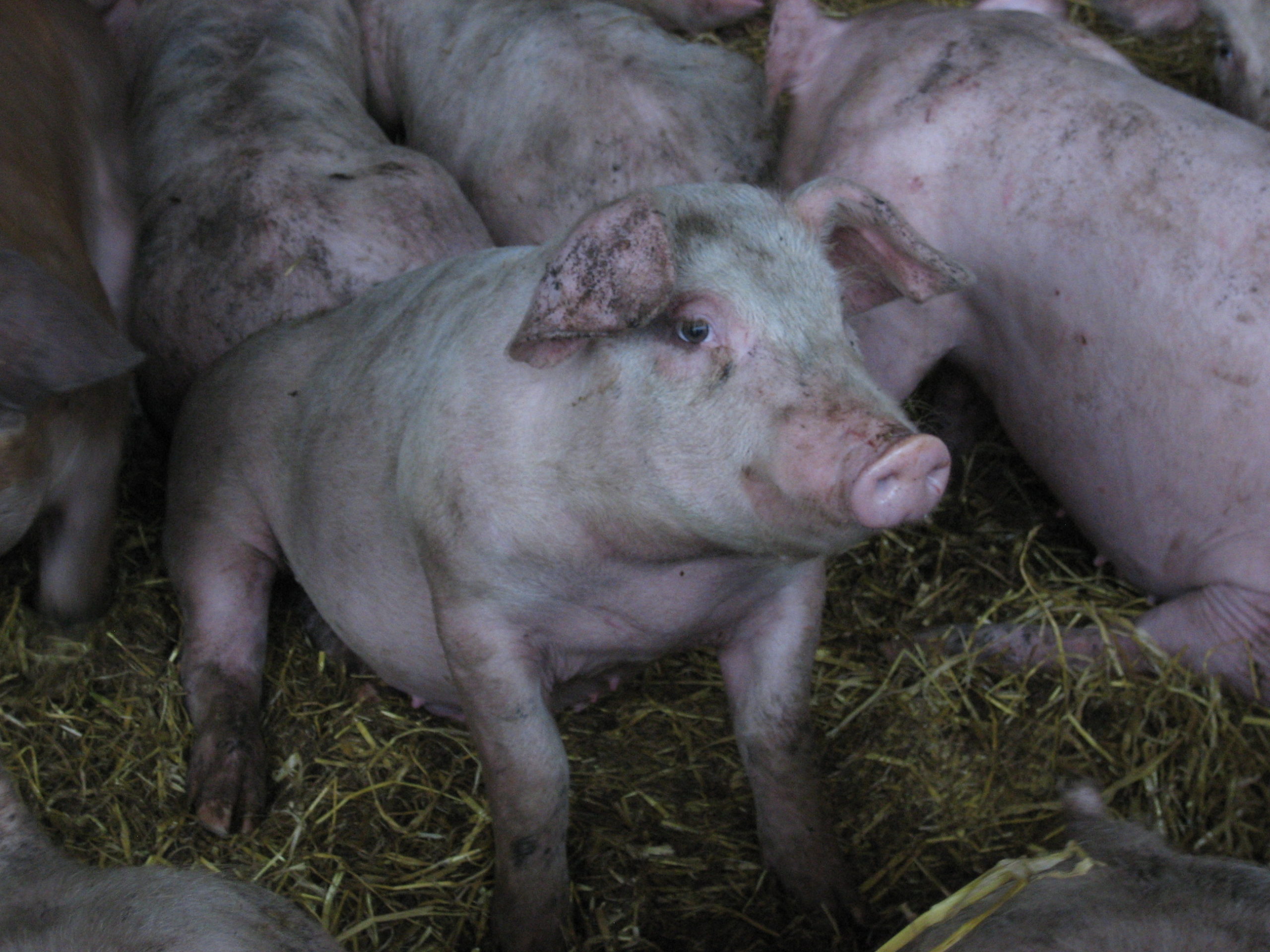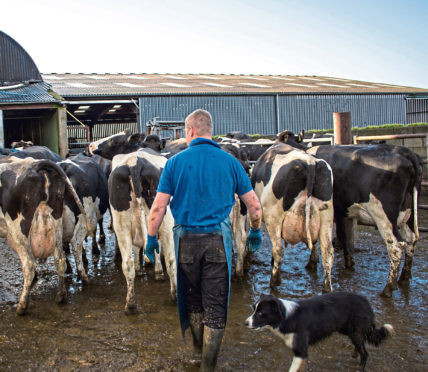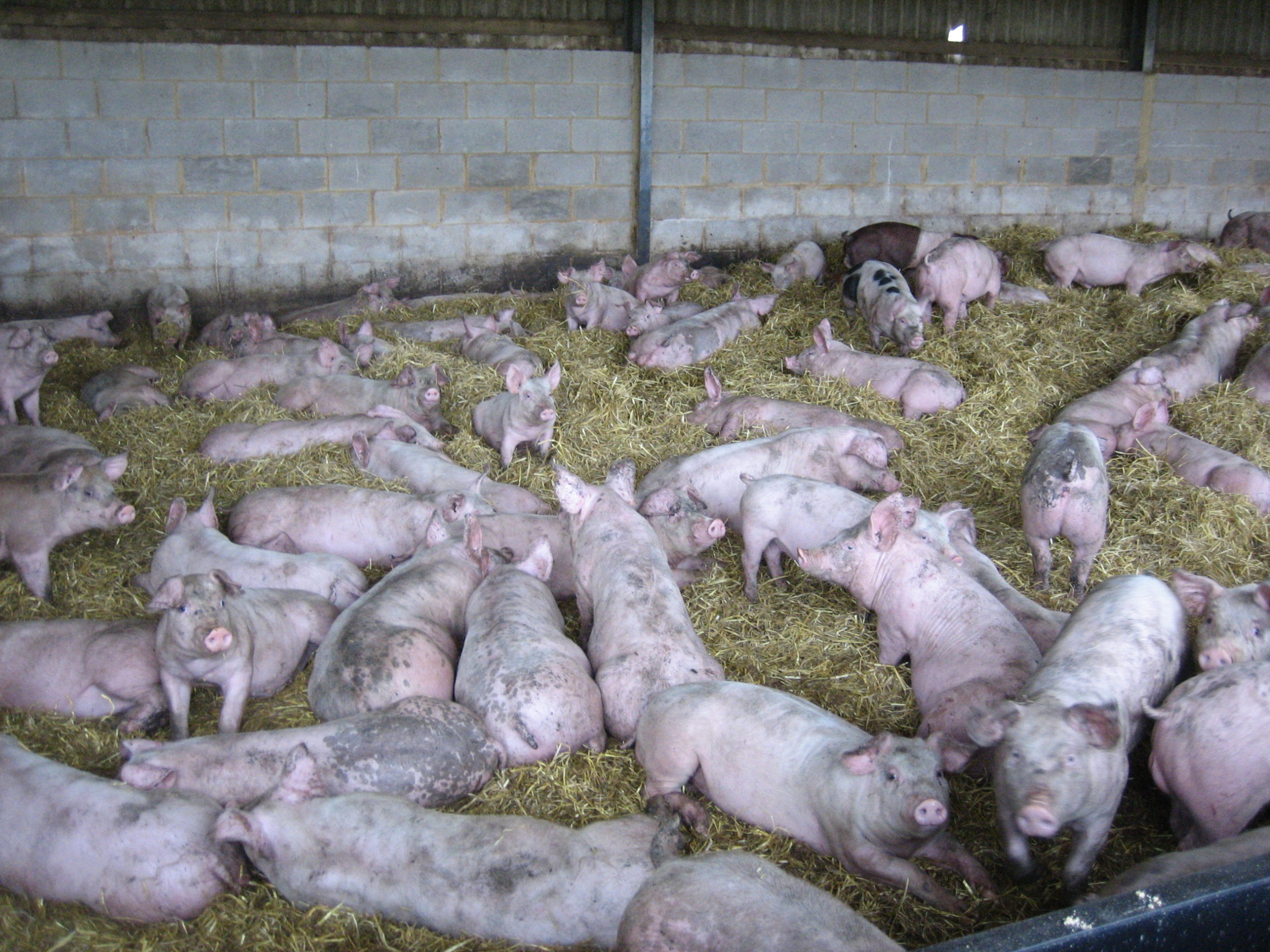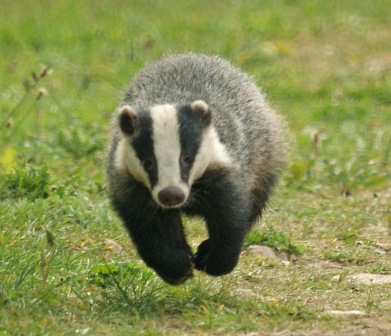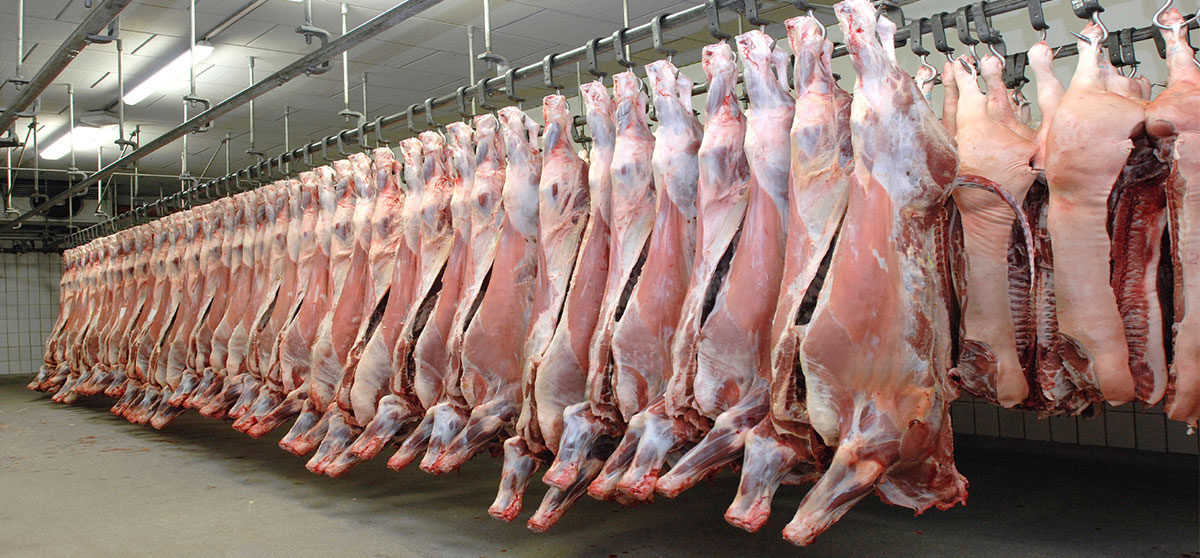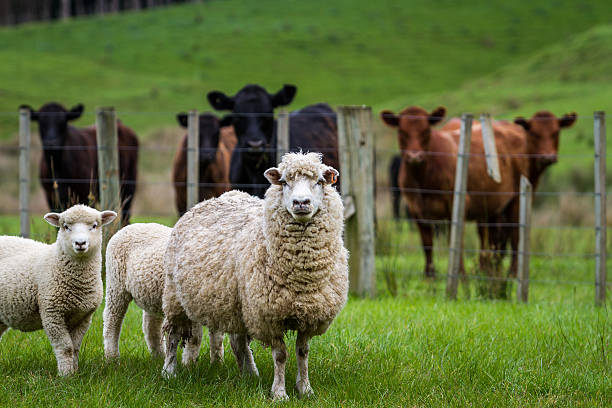The AHDB is forecasting UK pig meat production to only grow marginally, by 0.6%, in 2024 to 933,000 tonnes. The current tight supply is expected to continue through the first half of 2024. The latter half of the year is expected to see throughputs improve as the increase in the number of gilts intended for first time breeding recorded in the June 2023 Survey start farrowing. The clean pig kill is forecast to increase by 0.8% realising 10.14 million head for the year with carcase weights remaining on average at 89kg, similar to 2023. Looking further ahead, there has been some improvement in farm margins, but uncertainty remains. The breeding herd is expected to remain at around 340,000 head with limited growth over the next couple of years.
In terms of trade, 2023 was a year of contrasts. During the first 4 months, imported pig meat volumes were down by 14%. However since May, improved demand and an increase in the price differential between UK and EU product has seen monthly import volumes recording on average a 5% year-on-year growth. This is expected to continue through 2024, with imports forecast to be up by 3% on the year. Exports of pig meat from the UK in 2023 were down by 19% (Jan-Nov) due to lower UK production and higher prices. For 2024, the AHDB is forecasting a 1% increase in export volumes with some new opportunities developing in the USA and Mexico. However the EU remains the most important destination and pricing will be key.
In 2023 demand for pork fell. Total pork volumes declined by 1% year-on-year. In 2024, pork consumption volumes are forecast to decline further by 2% compared with 2023 and by 4% compared with 2019, due to the continuing cost-of-living crisis and eating out still down on pre-covid 19 levels.
What does this mean for farmgate prices? UK pig values have been under pressure since last autumn, even so margins have been better as prices are above levels a year ago and input costs have eased. UK pig prices will follow EU markets, but with supplies tight in both regions, this should help stabilise prices. The lack of demand is the main bearish factor in markets. The willingness of the UK consumer to spend will determine whether prices firm through the rest of 2024 or drift downwards.
